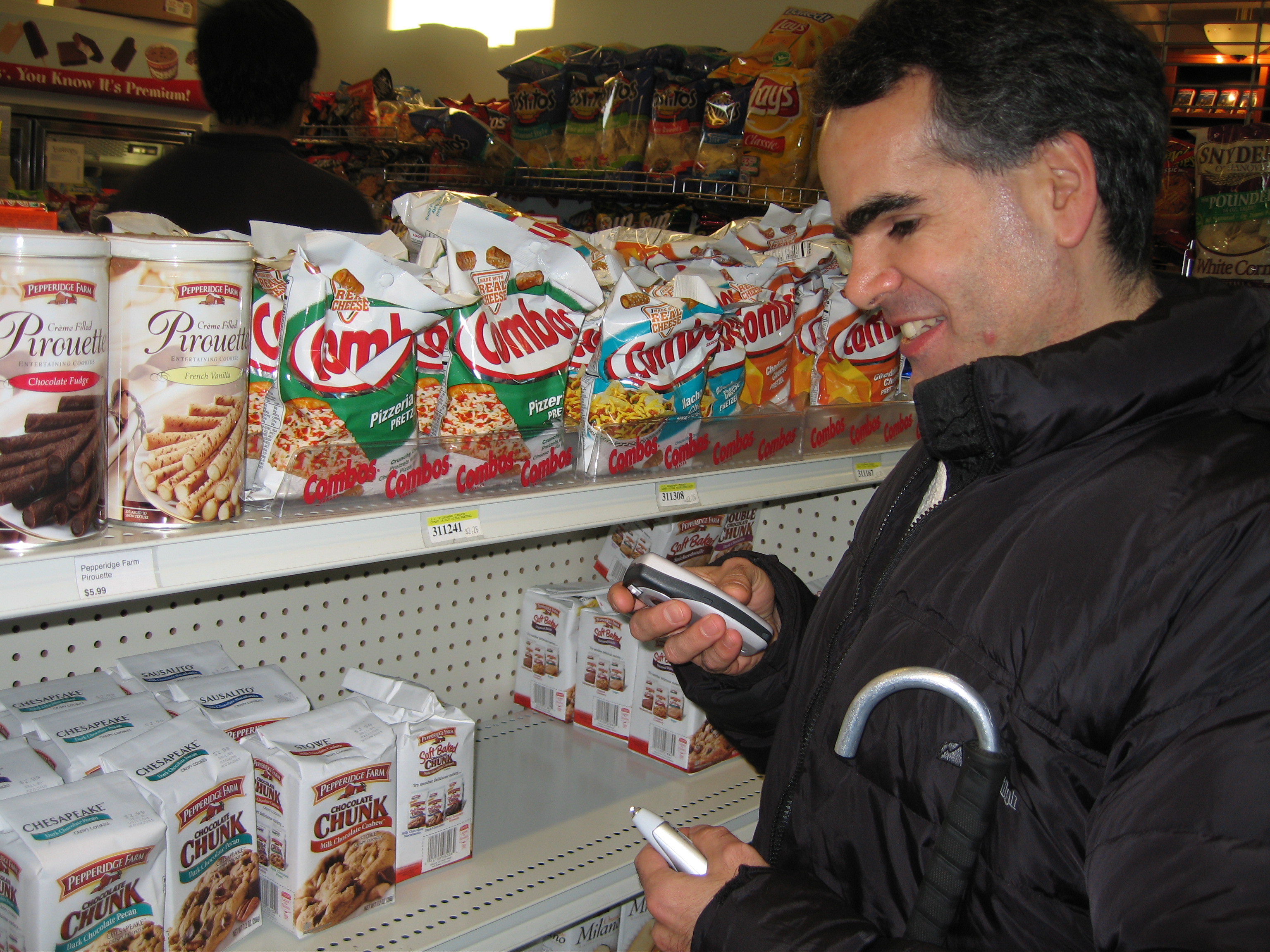A recent set of articles in Education Week, Diplomas Count: School to College, supported in part by the Bill & Melinda Gates Foundation, discusses the need to "bridge the divide between precollegiate and higher education".
The article goes on to say that "despite the vital importance of education to young people’s job prospects, Diplomas Count 2008 projects that 1.23 million students will fail to graduate from high school this year. The lowest graduation rates are among African-American, Hispanic, and Native American students."
Powerpoint Presentation
Press Release
Contacts:
Robert Johnston, (202) 955-9450, ext. 313, rjohnston AT commworksllc DOT com
Kari Hudnell, (202) 955-9450, ext. 324, khudnell AT commworksllc DOT com
I was planning on posting about this topic several weeks ago. With the latest news about the persistence of our nation's low graduation rate, I thought it would be important to take a few minutes and share what I worked on during the first several months of this year.
Last semester, I took a Visualization and Visual Communication course in the computer science department at UNCC, taught by Dr. Robert Kosara. My team originally focused on the topic of school violence and related risk factors. After looking at a variety of data sets, we discovered that young people who fall within the ninth grade age range have high rates of problems across a variety of factors and indicators.
We quickly learned that risk factors related to violence, adolescent mental health, and school dropout are studied and analyzed by a variety of agencies and organizations, and the data is culled from many sources.
The problem for information visualization is to make this data meaningful, so that it can be easily understood by decision makers who are responsible for implementing procedures and policies that result in positive outcomes.
At the time that we completed our work, we did not have the information included in the Diploma Counts 2008 report. One data set we did not consider at the time relates to the level of experience of ninth grade teachers. An article written in Education Week, after the semester ended, highlights this problem in the Philadelphia high schools. Ninth grade students are taught by the least-experienced teachers.
My hunch, given the data we covered last semester, is this is the case in many school districts nation-wide.
Having worked in high schools for many years as a school psychologist, in several districts, I think this might be true. More experienced teachers wind up teaching Advanced Placement, Honors, and IB courses. Fresh-out-of-college and lateral entry math teachers end up teaching algebra to ninth grade students. Many of these students previously failed the subject.
For our project, we took data sets and ran quite a bit of the data in ManyEyes, part of IBM's Collaborative User Experience research group, to experiment with the different forms of data visualization and to see if we prepared the data appropriately.
(I will post some pictures and of our final project soon, along with a reference list.)
Below are some graphs we found as we were gathering information for our project:

Graduation Project, 2007 EdWeek Maps EPE Research Center
Annual Study of Suspensions and Expulsions, 2006-07 Report to the Joint Legislative Education Oversight Committee, Public Schools of North Carolina State Board of Education Department of Public Instructions
Alternative Learning Placements



Expulsions by grade level

"The ninth grade short-term suspension totals in the chart reveal a definite upward trend over the last five years. The total of 71,494 short-term suspensions received by ninth graders in 2006-07 is 22.6% higher than the 58,335 received in 2002-03."

 "Students who are expelled from a school and who fail to return to school are coded with “Expulsion” (EXPL) as a reason for dropping out. These students are not included in the official counts or rates that appear in this report. In 2006-2007, there were 72 dropout events coded with EXPL, 69 of which were in grades 9 through 12."Report to the Joint Legislative Education Oversight Committee Annual Report on Dropout Events and Rates Public Schools of North Carolina, State Board of EducationDepartment of Public Instruction
"Students who are expelled from a school and who fail to return to school are coded with “Expulsion” (EXPL) as a reason for dropping out. These students are not included in the official counts or rates that appear in this report. In 2006-2007, there were 72 dropout events coded with EXPL, 69 of which were in grades 9 through 12."Report to the Joint Legislative Education Oversight Committee Annual Report on Dropout Events and Rates Public Schools of North Carolina, State Board of EducationDepartment of Public Instruction
 Here is something from the Milwaukee Public Schools:
Here is something from the Milwaukee Public Schools:
A few references:
Collins, L., Fruth, L., Sessa,M., Laird, E. The Right Data to the Right People at the Right Time: How Interoperability Helps America's Students.June 2007Data Quality Campaignhttp://www.dataqualitycampaign.org/Linking Education and Social Services Data to Improve Child Welfare October 2007http://www.dataqualitycampaign.org/files/Meetings-DQC_Quarterly_Issue_Brief_091807.pdfAge Distribution of DropoutsNC Annual Report of School Violence 2006-07http://www.jsonline.com/story/index.aspx?id=704133
Report on the Implementation of the Gun-Free Schools Act in the States and Outlying Areas 2003-04
Short Term Suspensions, Long Term Consequences, Real Life Solutions pdf(Action for Children, N.C.)
Dismantling the School to Prison Pipeline (pdf)NAACP























